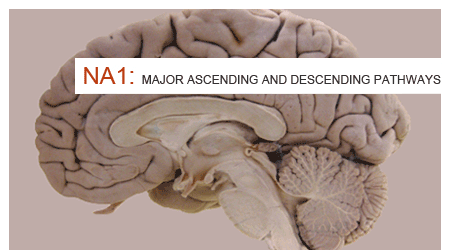| | |
||||||
 |
||||||
| Home | ||||||
|
||||||
© King's College London 2011 | Content & original graphics by Professor Lawrence Bannister | Interface design & development by EHM, CTEL | Content development by Julia Warner, VC TEL |
||||||



